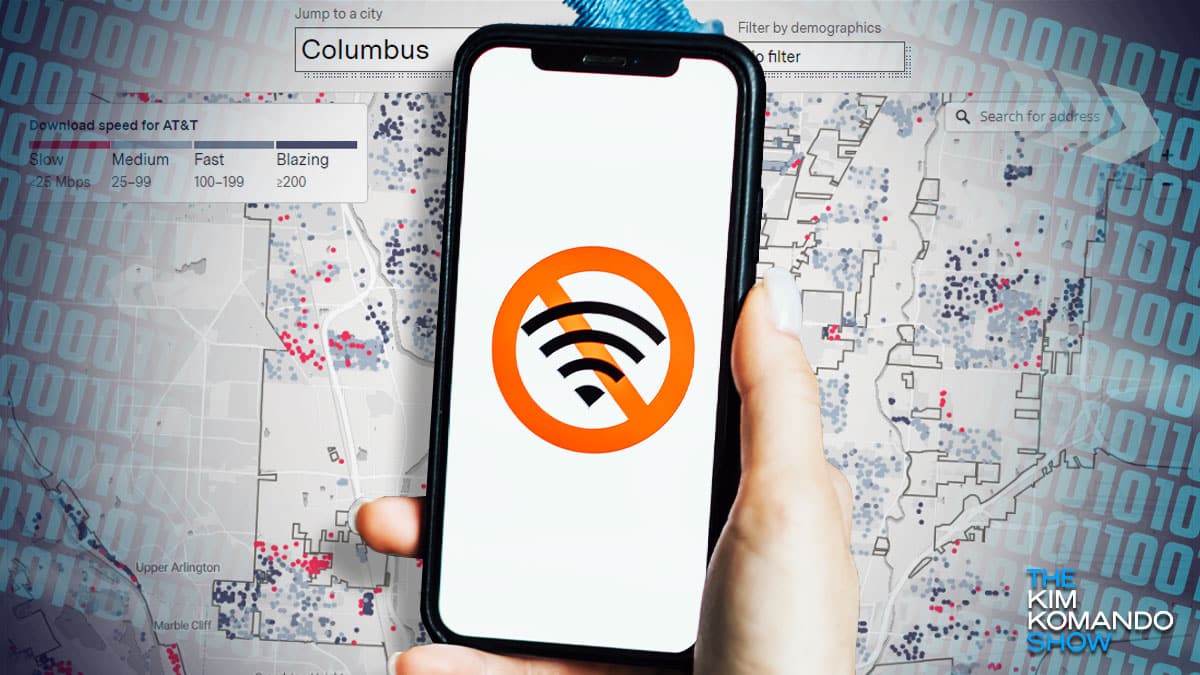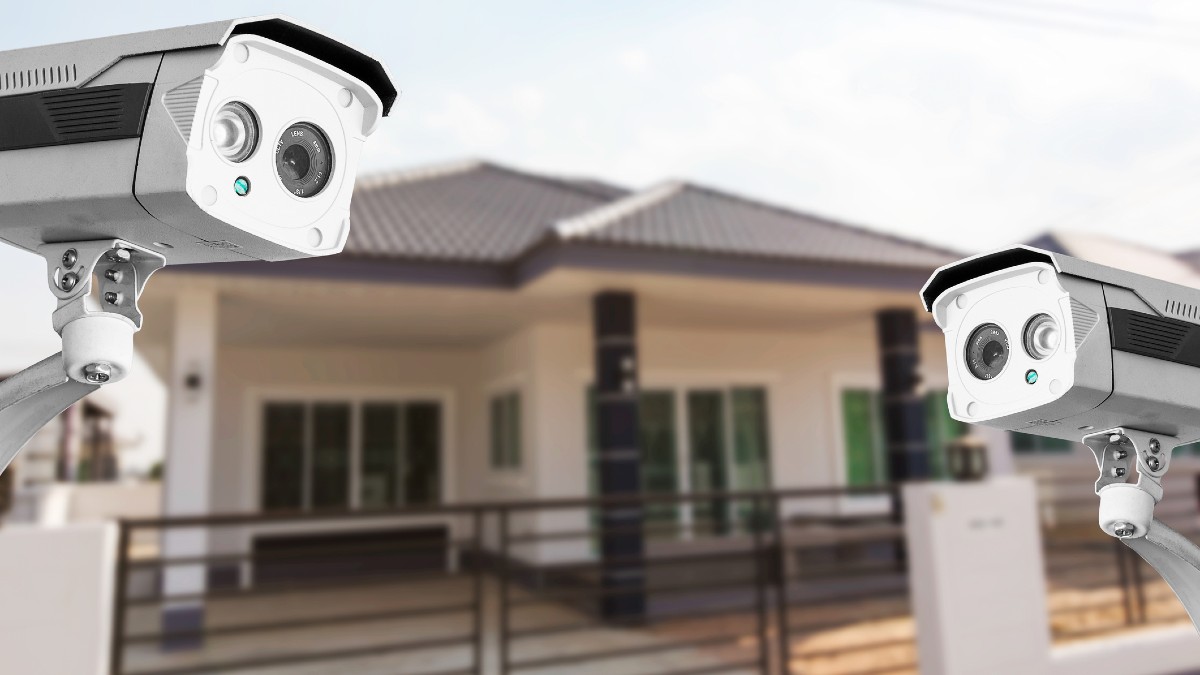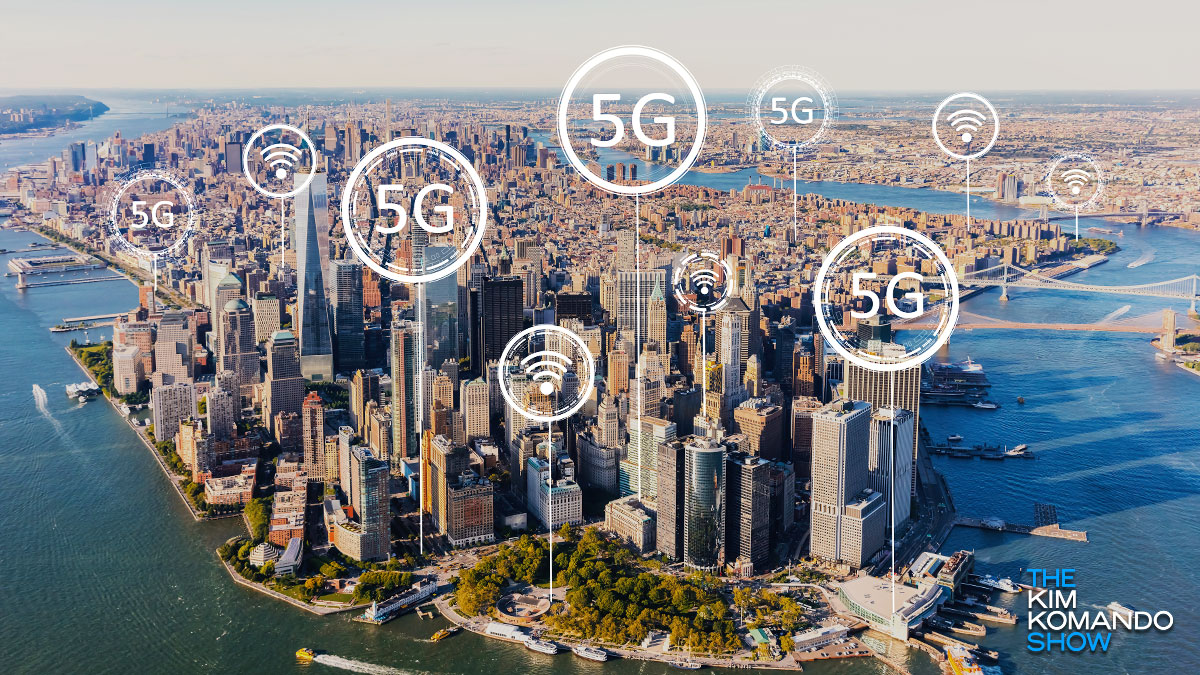$42,450,000,000. That’s how much the U.S. government is spending to bring affordable, reliable, high-speed internet to all the places that don’t have it. Politics aside, that’s a heck of a lot of money.
By now, we all know how important it is to have a strong connection — for work, school, fun and life in general. But what happens if you move and realize, “Uh oh, the internet here stinks.”
Do this before you start packing
Here’s a must-do step: Check the internet before you sign that lease or fork over a down payment. There’s a decent chance the prices and speed you’re used to are vastly different in your new potential neighborhood.
Most major U.S. cities have the same carriers, like Verizon, AT&T and CenturyLink. But depending on your location, you could get a drastically different internet speed than another city … at the same price point.
The Markup created a handy map tool to check the internet speeds in 45 major cities. Here’s the lowdown on what they found and how to use the map yourself.
Even if you’re not moving
Markup analyzed data from over a million internet plans across 45 U.S. cities from four of the nation’s biggest internet providers: EarthLink, CenturyLink, Verizon and AT&T.
Researchers found the worst internet deals disproportionately popped up in the poorest, most diverse and historically redlined neighborhoods in all but two investigated cities. Oof.
The internet’s Big Four also use “tier flattening,” meaning they charge the same rate for different internet speeds, which can vary drastically. How is that legal?
How to use the map
Eager to take the map for a test drive? Here’s how:
Continue reading →





